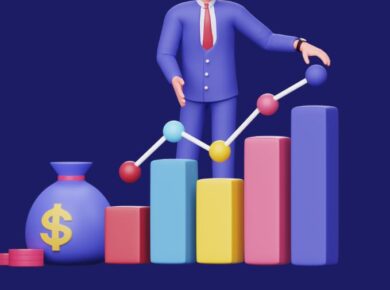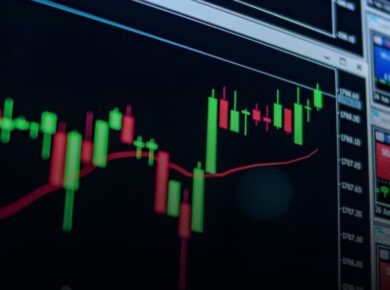The foreign exchange market has witnessed a profound transformation over the years. You’re no longer confined to traditional trading methods. Thanks to the relentless advancement of technology, the forex trading landscape has evolved into a dynamic arena that empowers traders like never before.
Understanding this technological evolution is paramount to your success. So, let’s look into the evolution of trading platforms and explore what makes them indispensable tools for modern traders.
Evolution of Trading Platforms
Forex trading has come a long way from the era of shouting on trading floors and handwritten orders. In the early days, trading platforms were rudimentary and limited to a select few. As technology advanced, the forex market transitioned from primarily phone-based to a more inclusive electronic marketplace.
Electronic trading platforms revolutionized the way traders participate in the forex market. The transition from manual to electronic trading brought several advantages, including increased accessibility and speed of execution.
Modern trading platforms offer intuitive, user-friendly interfaces that make trading accessible to beginners and experienced traders. These platforms provide real-time market data, advanced live forex charts, and technical indicators to help traders make informed decisions.
Among such innovative solutions is the Pivozon website which offers a forex trading platform that allows you to enjoy your trading process with efficiency, clarity, and ease of use.
Algorithmic trading
Algorithmic trading, often referred to as algo trading, is a trading strategy that uses computer algorithms to execute predefined actions in response to market conditions. These algorithms are designed to make decisions based on a set of rules and criteria without the need for direct human interference.
The use of algorithms in trading dates back to the 1980s when traders began experimenting with automated strategies. Over time, algorithmic trading has evolved alongside technological advancements, becoming an integral part of the forex market.
Algorithms execute trades at a speed that is impossible for humans to match. This high-speed execution can exploit fleeting market opportunities and react to market changes in milliseconds.
The rise of mobile trading apps in Forex
The forex market, once bound to traditional desktop platforms, has seen a significant shift towards mobile trading. With the rapid advancement of mobile technology, trading on the go has become the norm. Traders now have the flexibility to execute trades, monitor their portfolios, and stay informed about market developments, all from the palm of their hand.
The primary advantage of mobile trading is the convenience it offers. Traders can access their accounts and trade from anywhere with an internet connection, whether at home, work, or vacation. This accessibility ensures that opportunities in the forex market are never missed.
The role of big data in decision-making
Big data analytics is a game-changer in forex trading. Big data tools can process large datasets quickly, providing traders with real-time market analysis. This enables traders to stay ahead of market developments and adapt their strategies accordingly.
Big data analytics can also be used to develop predictive models that forecast currency price movements. These models consider various data sources and historical trends to provide insights into potential market directions.
Forex Trading in the Digital Age
The opportunities presented by evolving technology are vast. Embrace the digital age of forex trading and leverage the tools and insights technology provides to enhance your trading strategies.
Read Next:
Core Principles of Oil Trading: Trade Tenets



